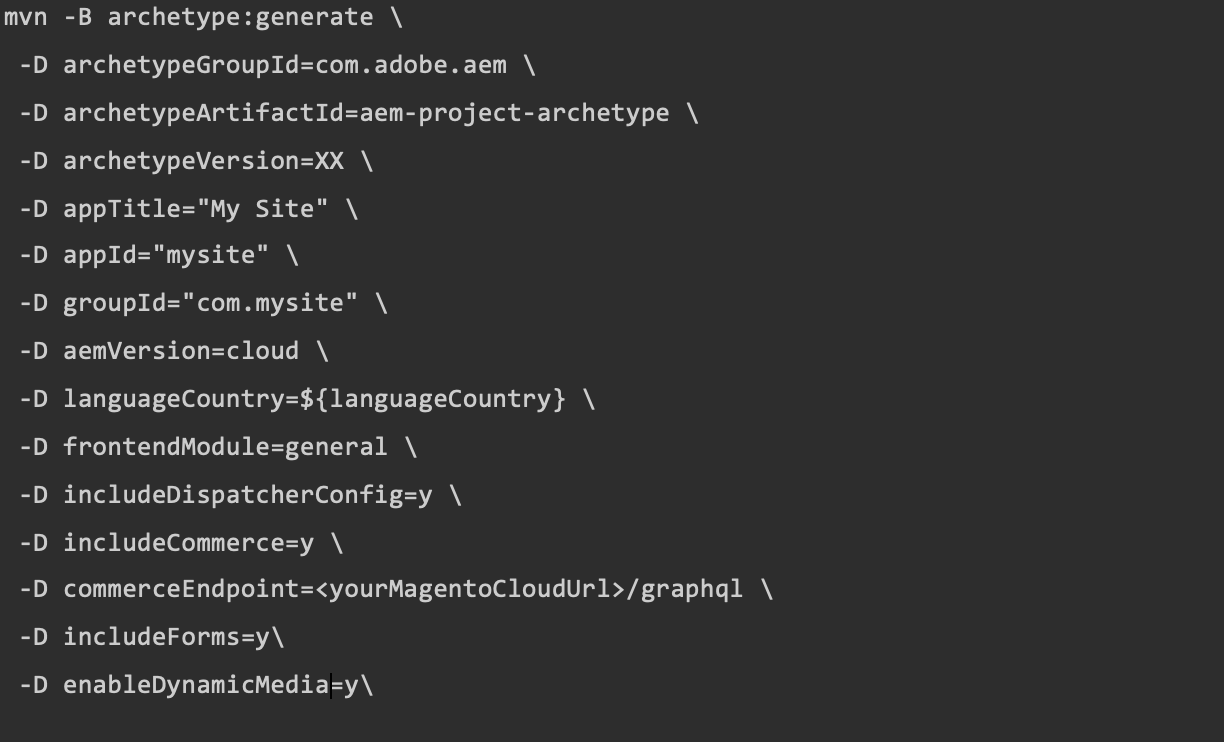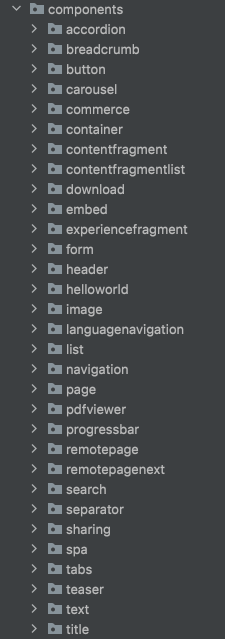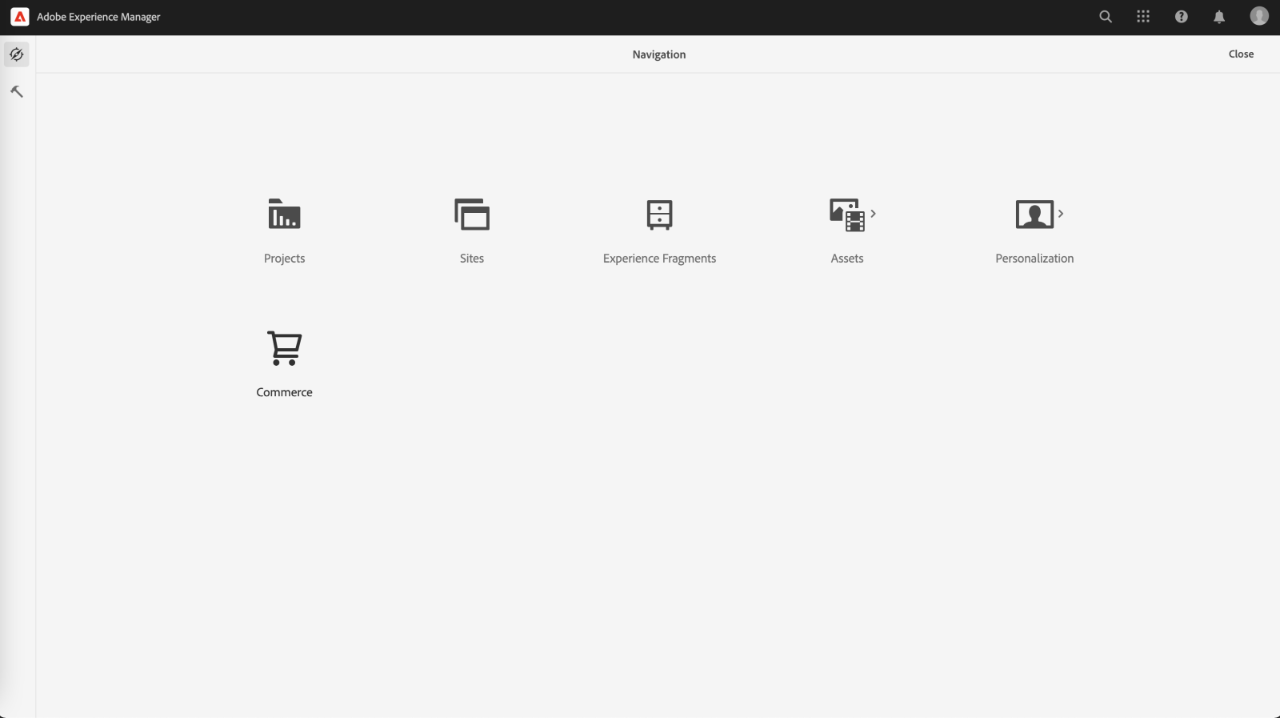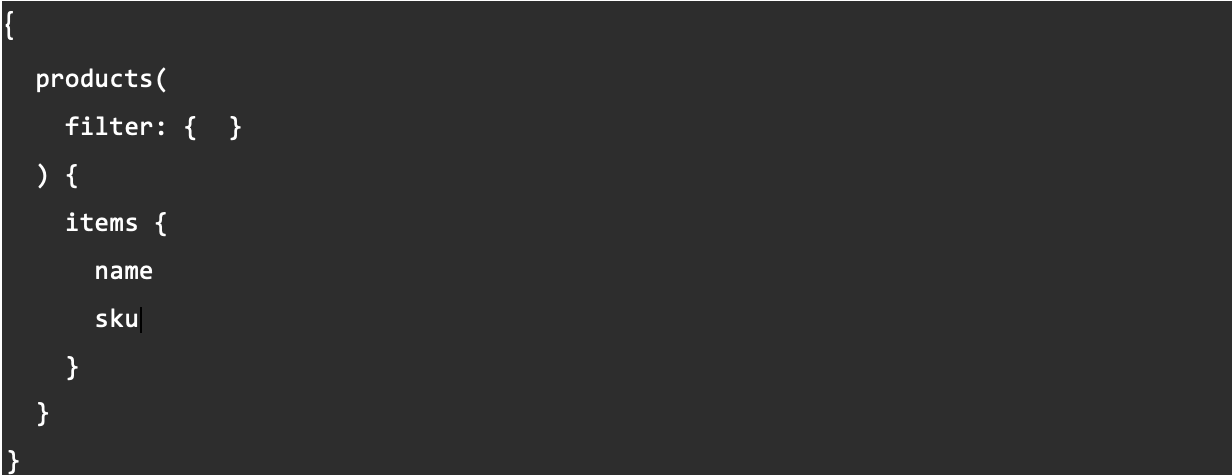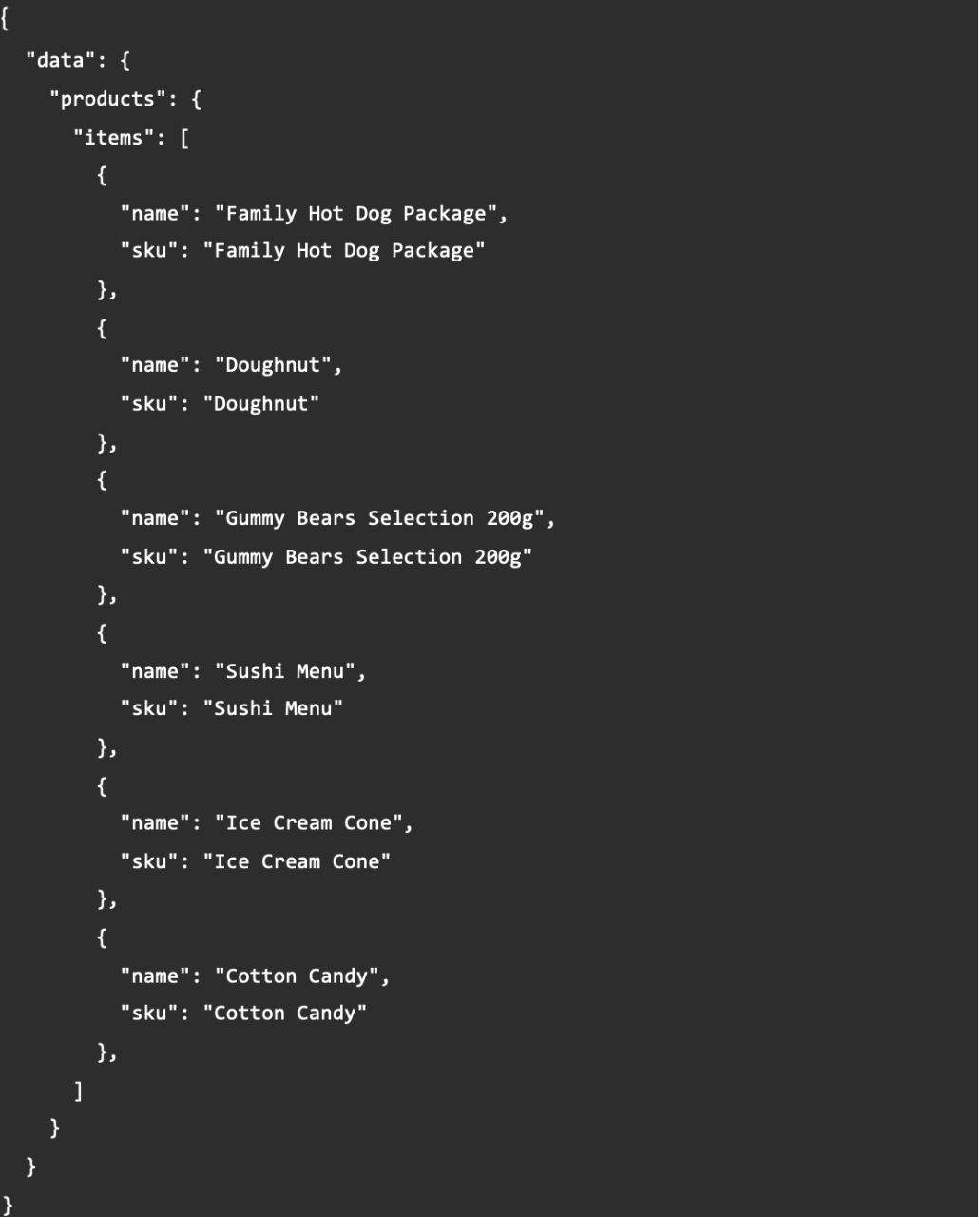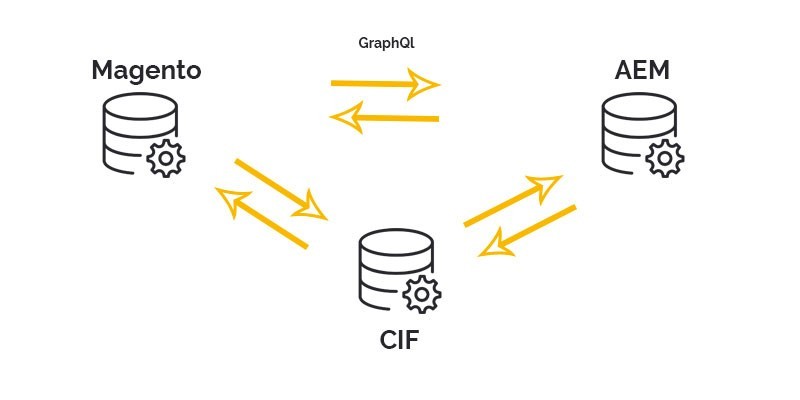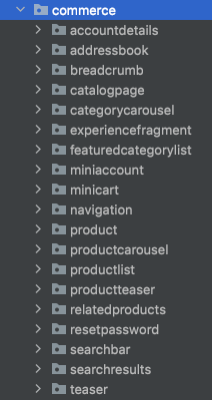The archetype allows adding more functions to the AEM environment and offers many advantages. The reduction of the programming code, so that only required functions are loaded, increases the performance and forms a clean project structure. In addition, Editable Templates can be used to create templates or customize pre-built ones, even without developer knowledge. The deployment process of a project can be optimized by the prefabricated configurations, for example by including Commerce, Forms or DynamicMedia.
Other features include initial configuration of a cloud-ready instance, preparation for a multi-language site and a WebApp-ready environment with e.g. React or Angular. For improving website speed and security, the archetype can include a dispatcher configuration.
A complete list of the various parameters can be found at the following link: https://experienceleague.adobe.com/docs/experience-manager-core-components/using/developing/archetype/overview.html
The latest archetype requires Java SE 8 or 9 and additionally Maven version 3.3.9 or newer.
The SDK for the cloud environment can be downloaded from the following link: https://experienceleague.adobe.com/docs/experience-manager-learn/cloud-service/local-development-environment-set-up/overview.html
Core Components form the core of the project. These components, which are already integrated, make it possible to create initial content on a website in a short amount of time. Initial standard functions and configurations are thus already provided.

